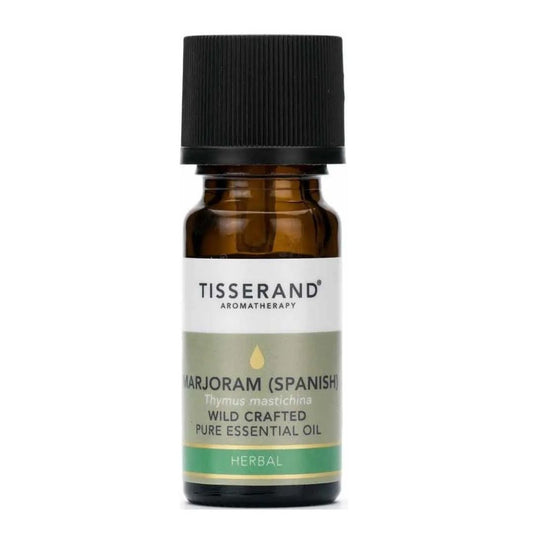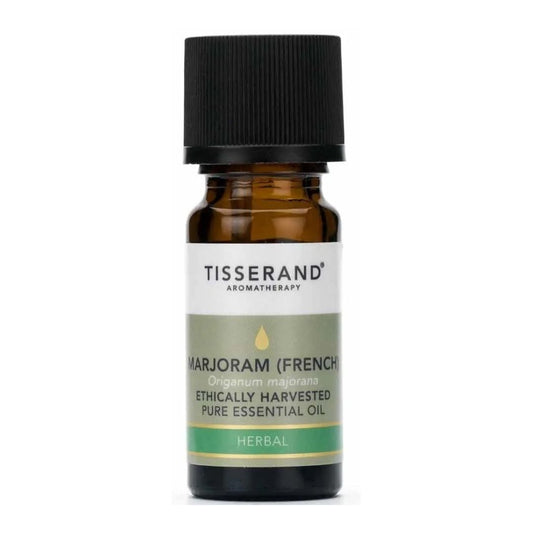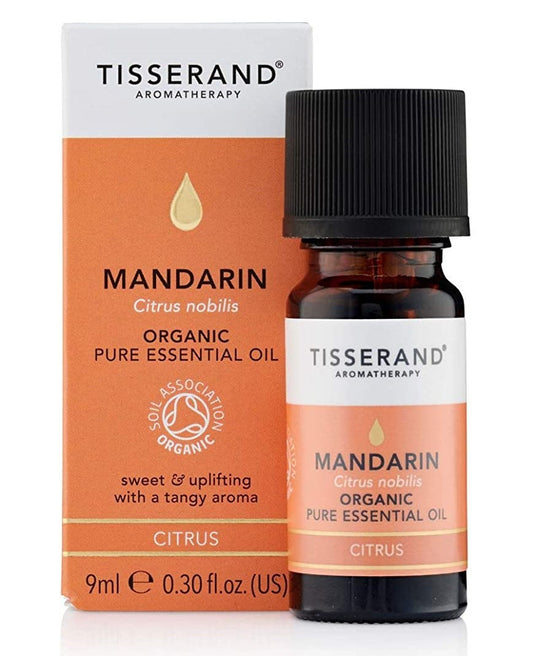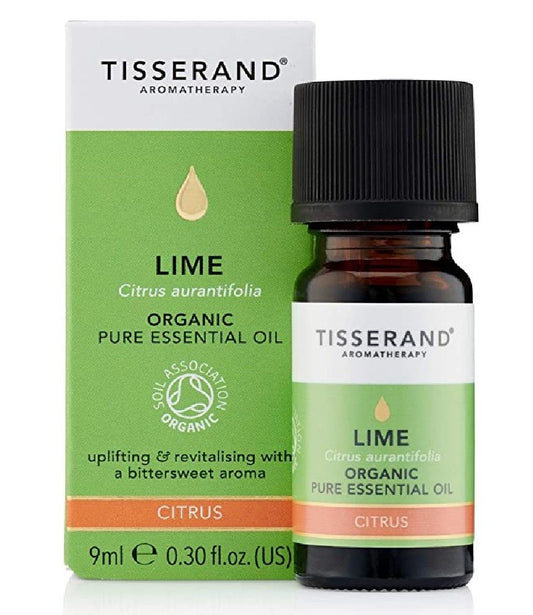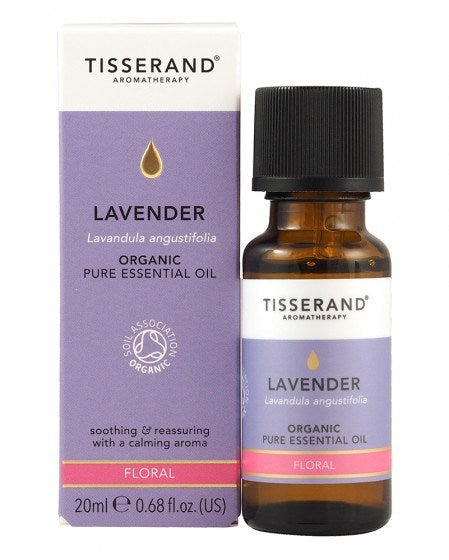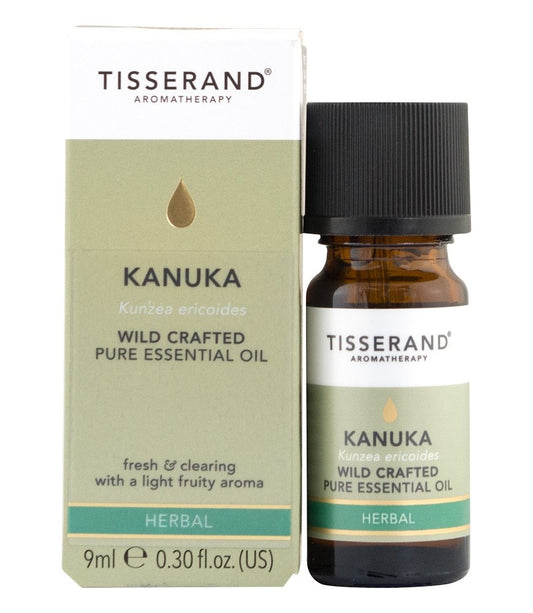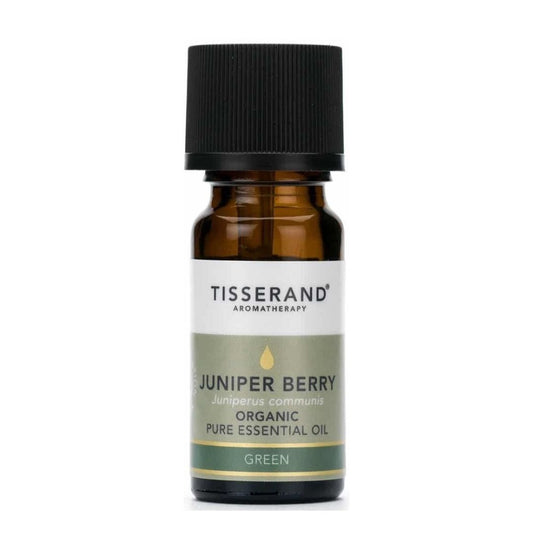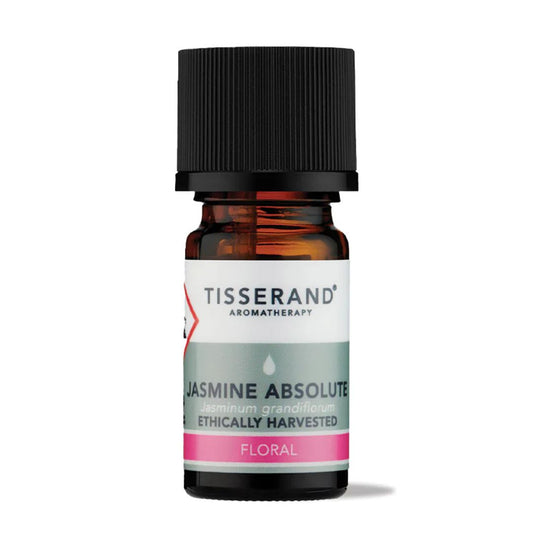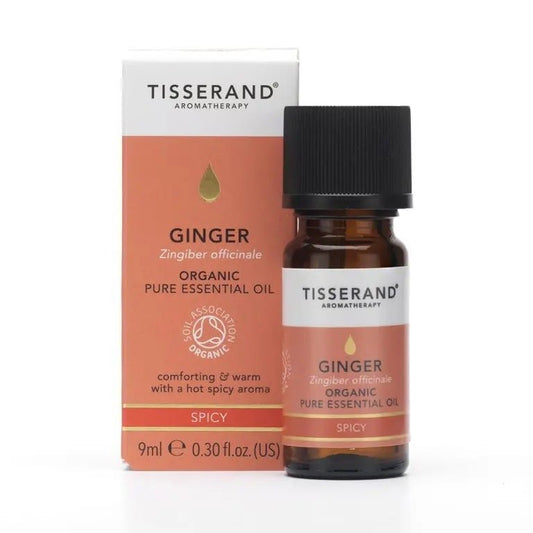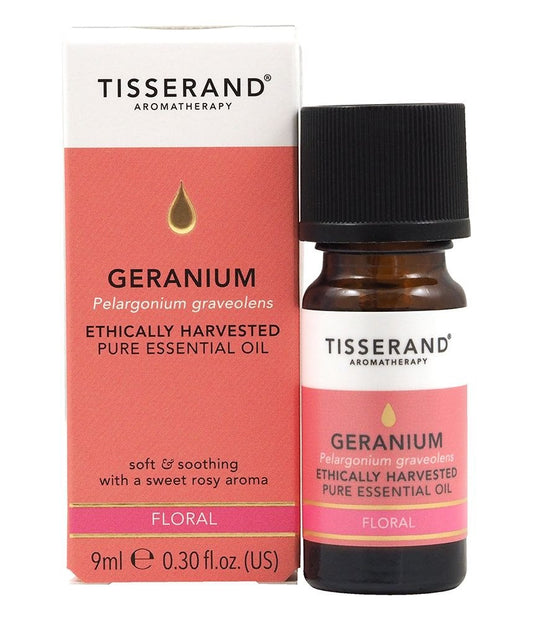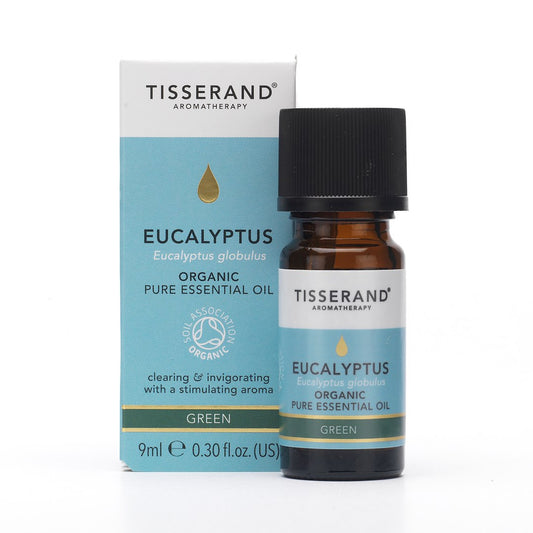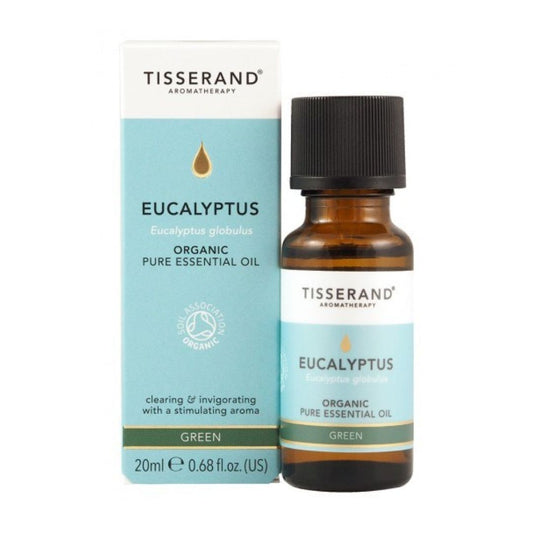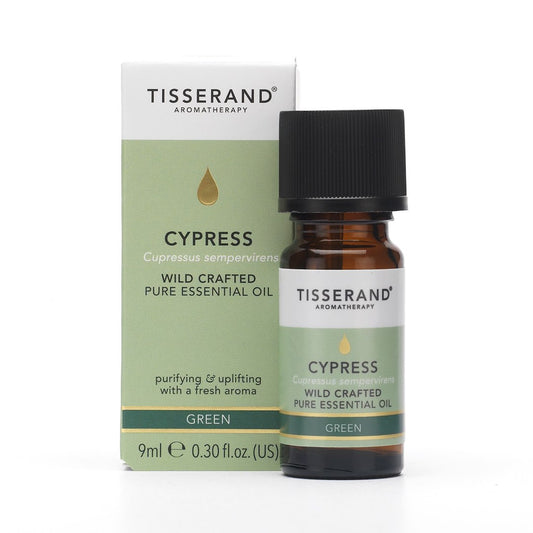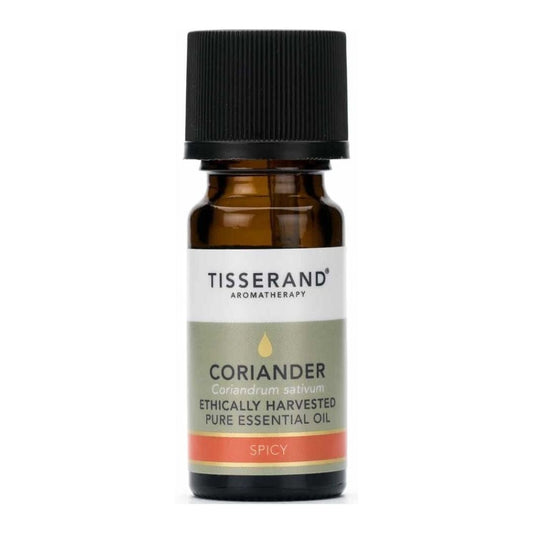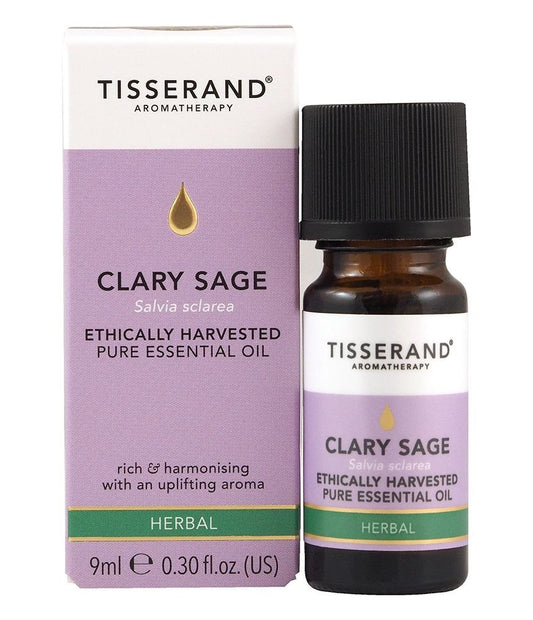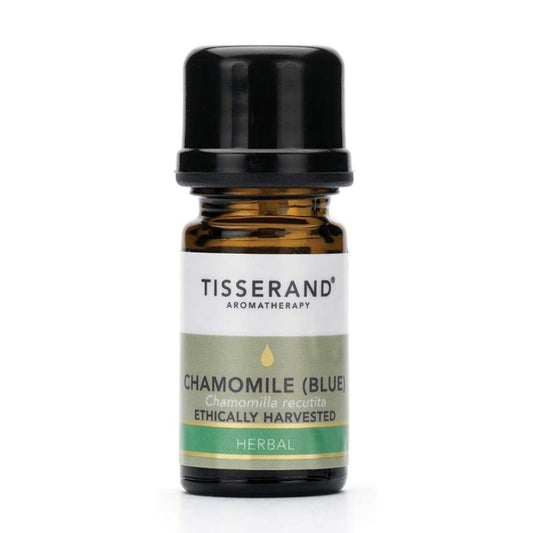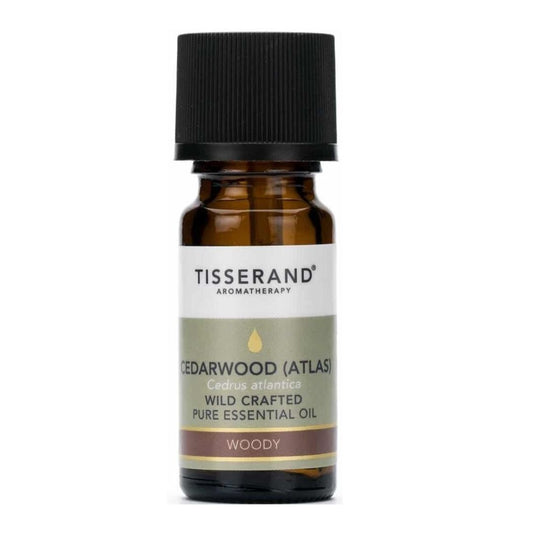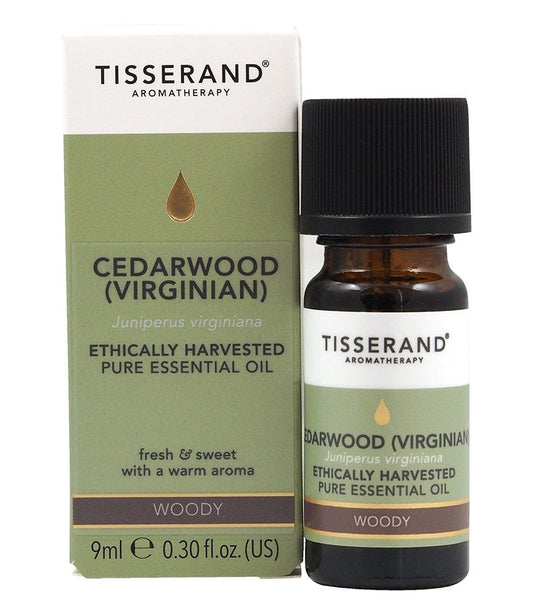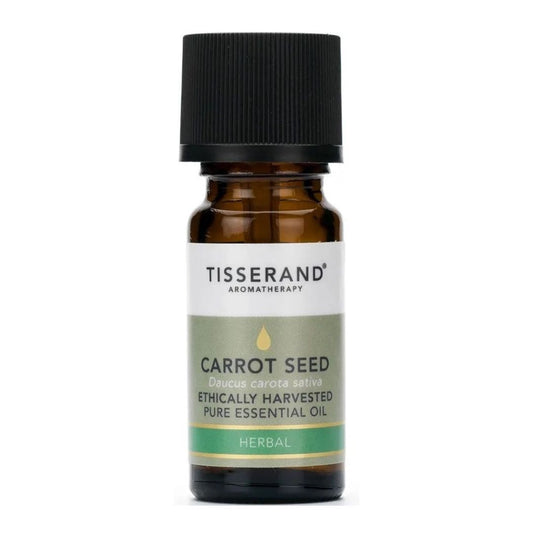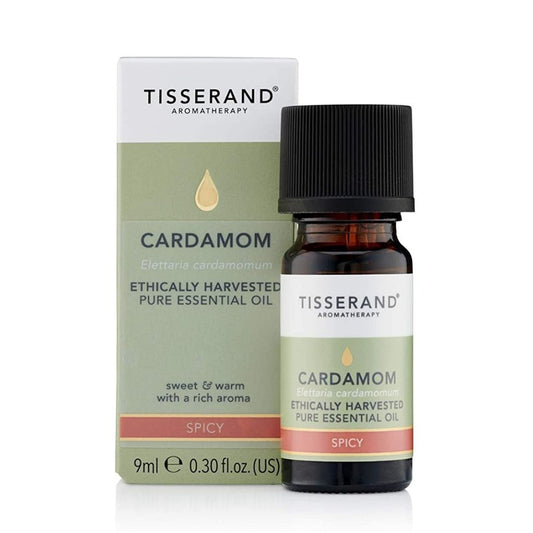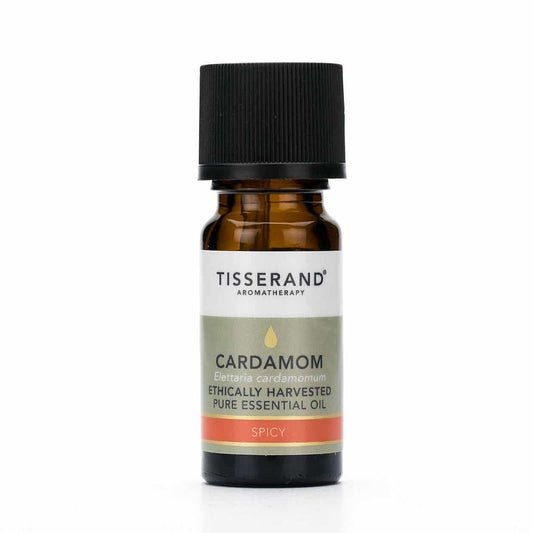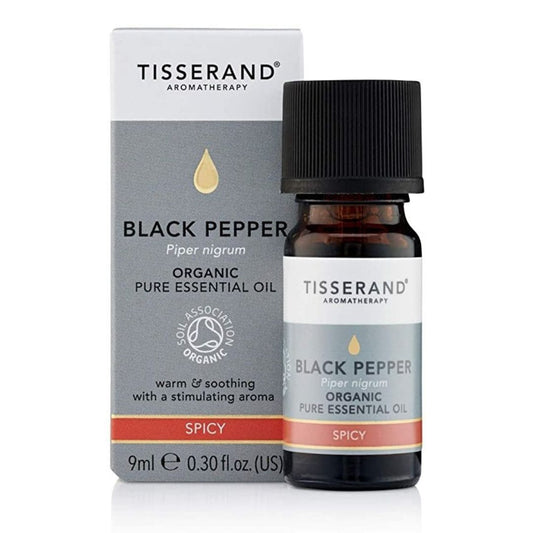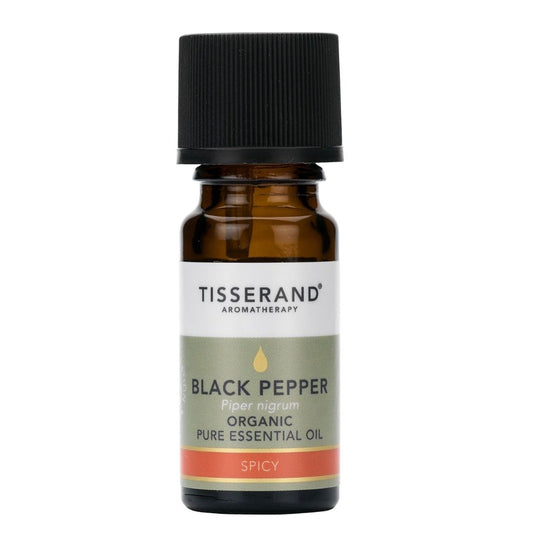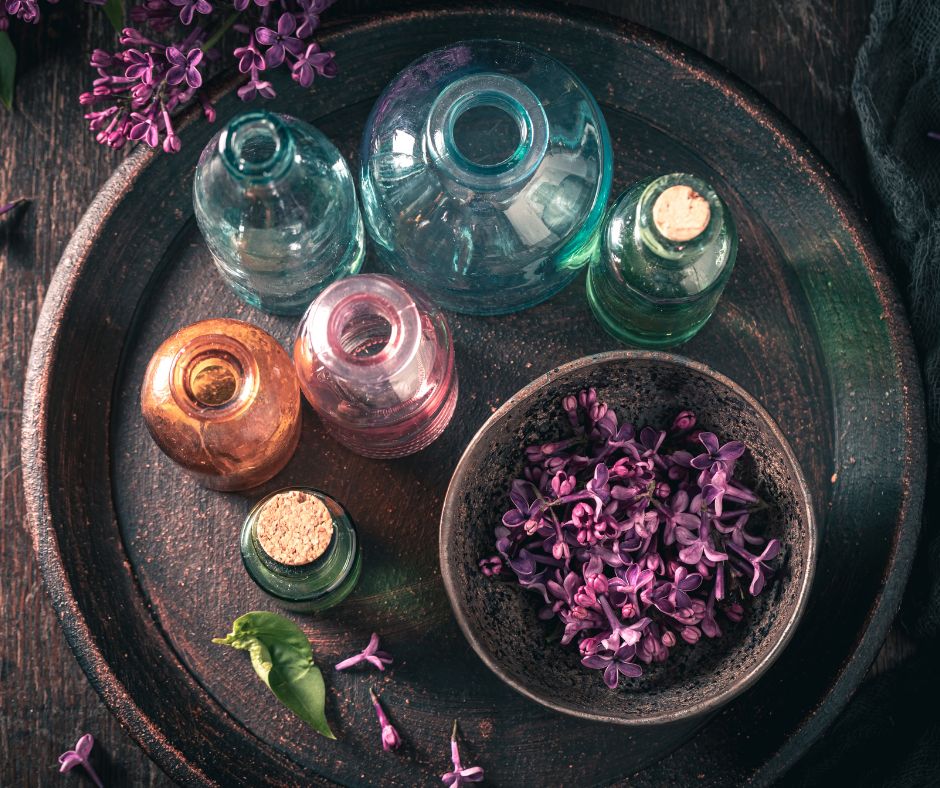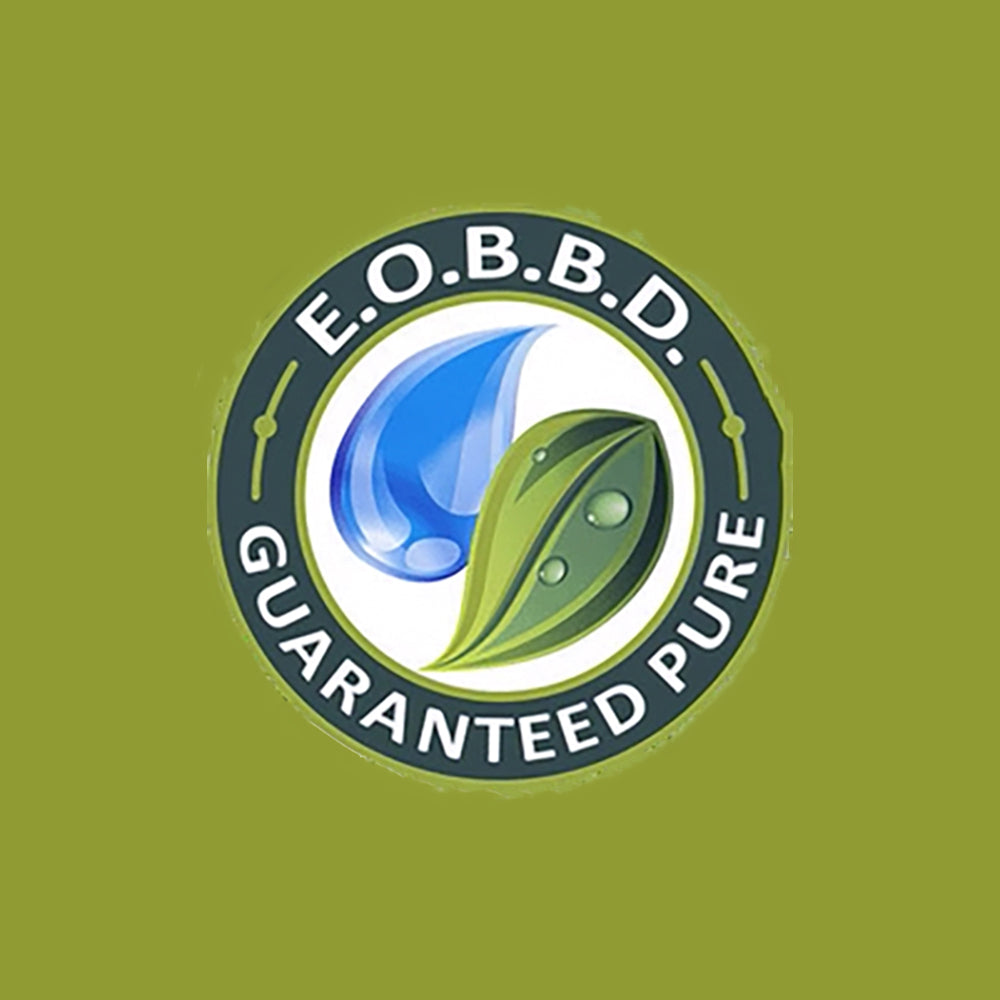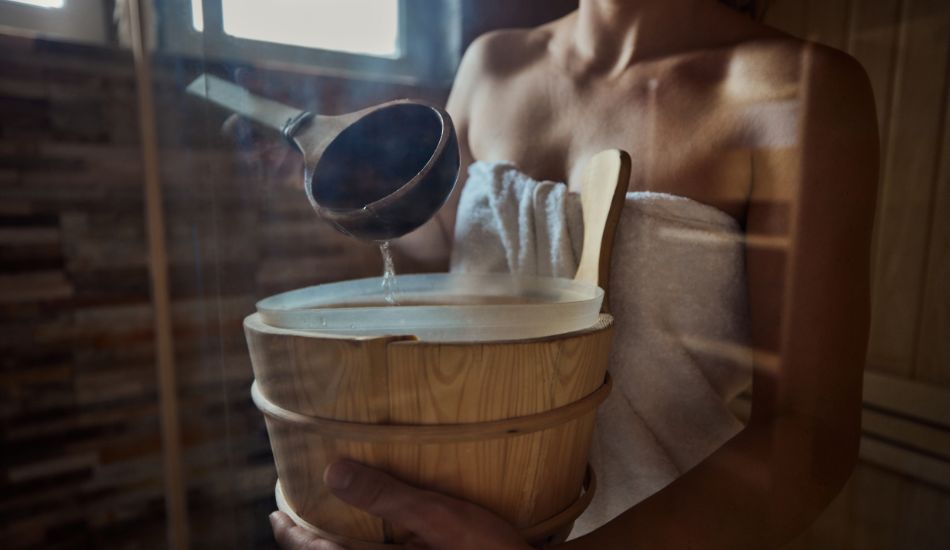
The relaxing magic of the sauna – essential oils as part of the steam moment
Share
The sauna is the core of Finnishness – a place where body and mind are cleansed from the rush of everyday life. For centuries, it has been a sacred space where people relax, heal ailments, and enjoy the beneficial effects of heat. The steam of the sauna not only relaxes muscles but also promotes blood circulation, opens airways, and helps relieve stress.
One way to deepen the sauna experience is to use essential oils that bring natural scents to the sauna and enhance the wellness effects of heat. When used correctly, they can enhance relaxation, refresh the mind, and support respiratory health.�Essential oils are highly potent compounds. They are aromatic and strong plant extracts that capture the plant's properties in their purest form.
By choosing natural, 100% pure oils, you can make the sauna experience even more pleasant and supportive of well-being. Compared to traditional sauna scents, our essential oils contain no additives and are 100% organic and EOBBD certified oils.
(Essential oil with EOBBD guarantee (Essential oil botanically and biochemically defined*)
Once you have mastered a few basics, you can safely enjoy the beneficial combination of oils and sauna.
Use of essential oils in the sauna
Dosage:
Do not drop oil directly on the stove; dilute it in the steam water. A few drops per ladleful is enough. When the water evaporates, the essential oils vaporize into the air and give the sauna a fresh scent. You can also add oil to a bowl of water placed on the benches to diffuse the scent more softly.
In winter, you can drop a few drops on a snowball and place the snowball on the sauna stove stones. This way you get wonderful aromatic and gentle steam.
However, do not overuse oils even during long sauna sessions. Keeping the amount per sauna session under ten drops prevents the sauna air from becoming too heavy. Remember good ventilation.
Essential oil should be stored in the dressing room away from the sauna heat.
Choose a preferred oil:
Different oils have their own effects: eucalyptus and peppermint open the airways, lavender relaxes, and pine or spruce bring a fresh forest atmosphere. By choosing natural, pure oils, you can safely and pleasantly enjoy the sauna's sensory soothing effects.
Eucalyptus
Eucalyptus is a great helper during cold season. It opens the nose and airways and promotes mucus discharge. Eucalyptus also promotes sweating, which simultaneously removes toxins.
Lavender
Lavender calms the central nervous system and lowers blood pressure. It soothes the mind and is also great to use before bedtime. Lavender is said to also relieve headaches and help those suffering from migraines.
Peppermint
Peppermint soothes the heart and nerves. It reduces inflammation, relieves pain, and cools. Peppermint also has a respiratory-opening effect.
Lemon
Lemon and other citrus scents bring a fresh and uplifting aroma to the sauna. Lemon has a positivity-enhancing effect. Its essential oil is also excellent, for example, for those suffering from sinusitis and for boosting immune defense.
Cinnamon
Cinnamon strengthens the nervous system and sharpens brain function. It purifies the air, relieves muscle tension and cold symptoms. It has also been found to alleviate general feelings of fatigue.
Clove
Clove refreshes, strengthens mentally and physically. It improves blood circulation and is often used to relieve aches. Spicy scents are especially wonderful in a winter sauna.
Read more about essential oils and their use:
How to identify genuine essential oil from a counterfeit

